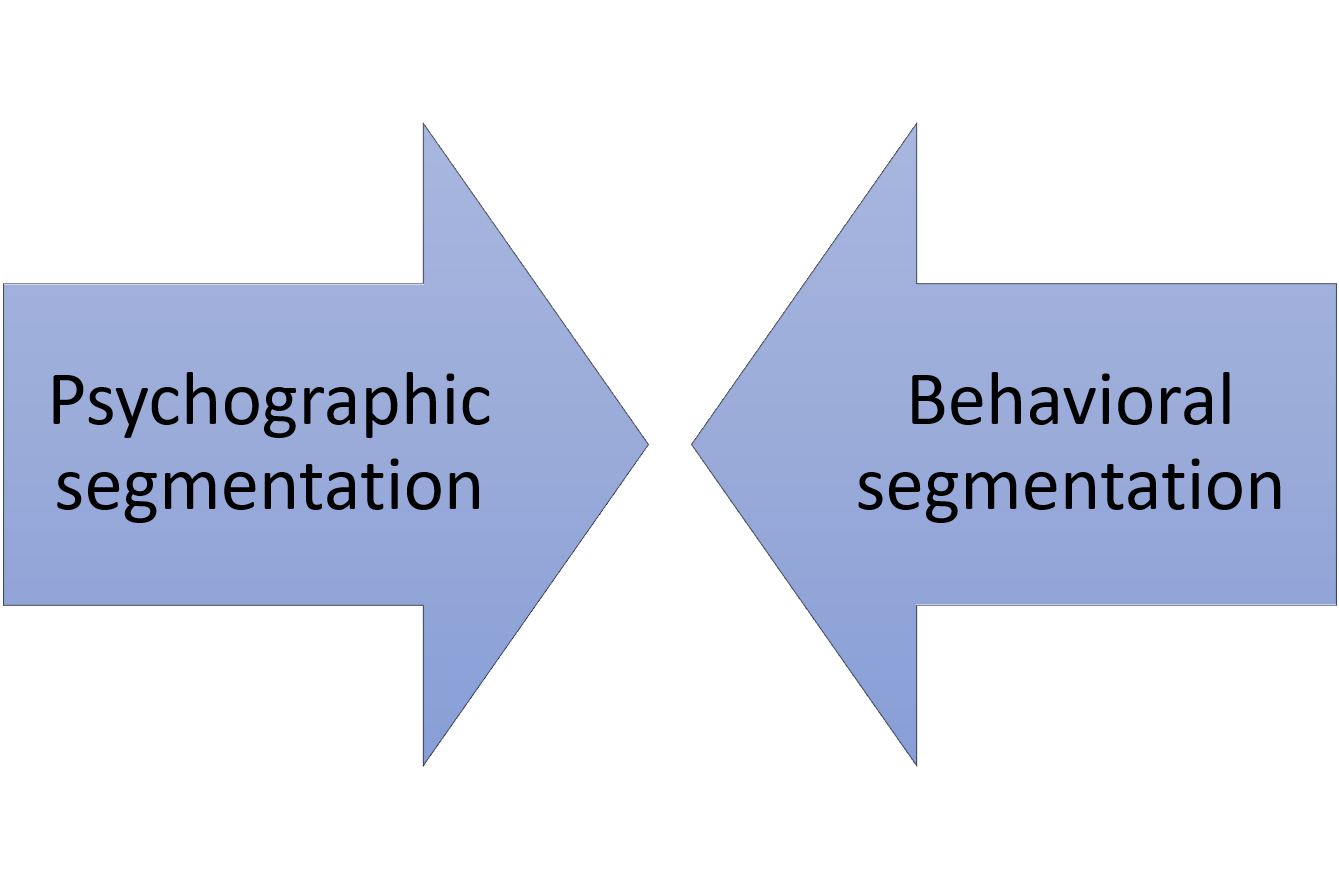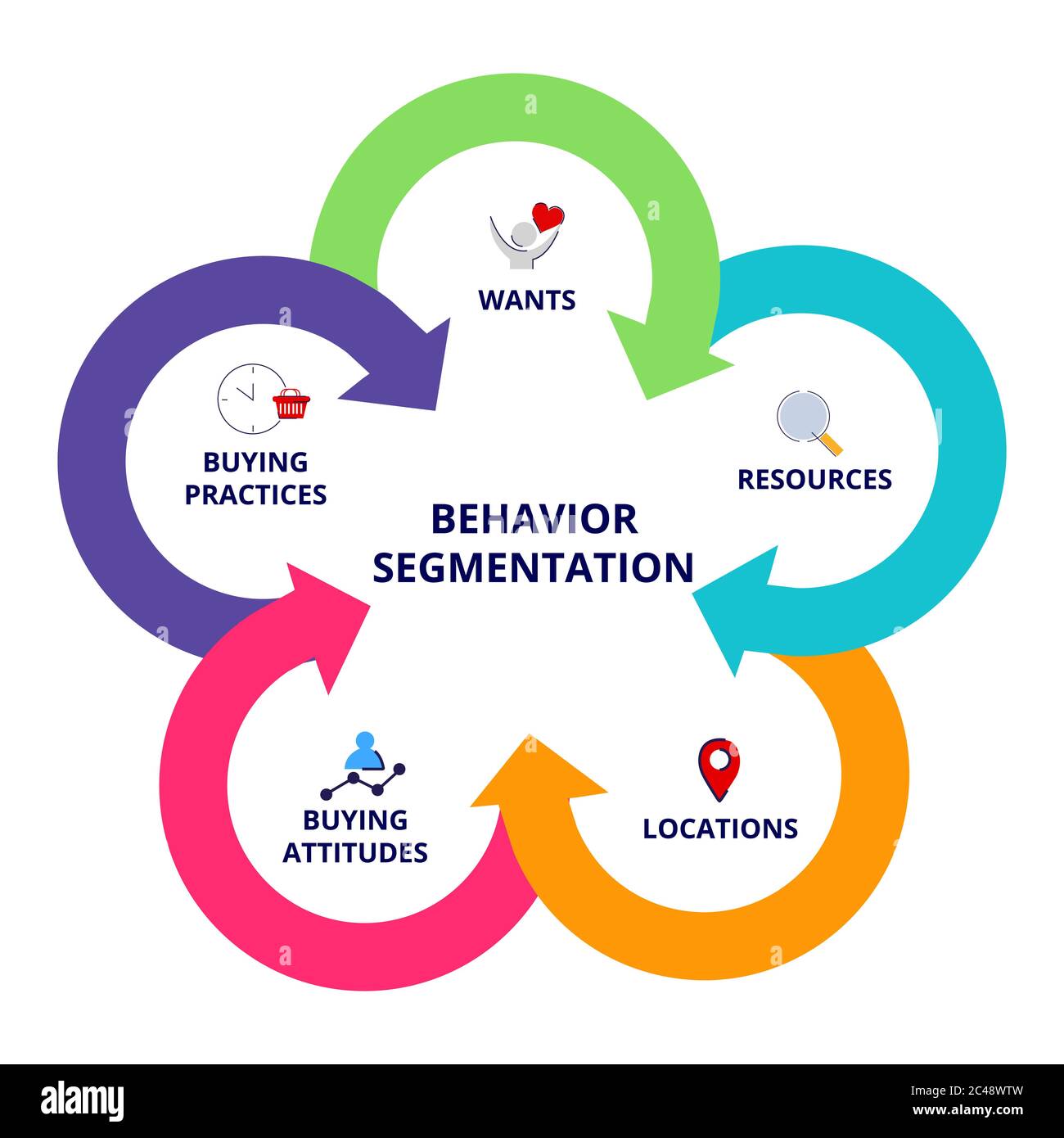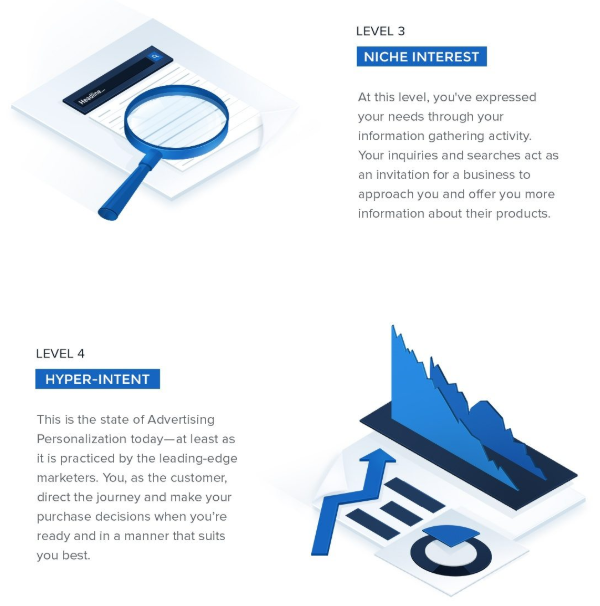Behavioral segmentation is a marketing strategy that involves dividing consumers into groups based on their behaviors and characteristics. This type of segmentation is useful because it allows businesses to tailor their marketing efforts to specific groups of consumers, rather than trying to appeal to everyone with a one-size-fits-all approach.
There are several different ways that companies can use behavioral segmentation to divide their target market. One common method is to segment consumers based on their level of loyalty to the brand. For example, a company might segment its consumers into groups such as "frequent buyers," "occasional buyers," and "rare buyers." This allows the company to target its marketing efforts to each group appropriately. For example, it might offer special discounts or promotions to frequent buyers to encourage them to continue purchasing from the company, while it might try to win back occasional buyers with special offers or incentives.
Another way that companies can use behavioral segmentation is by dividing consumers based on their purchase behavior. For example, a company might segment its consumers into groups such as "impulse buyers," "price-sensitive buyers," and "quality-conscious buyers." By understanding the motivations behind different consumers' purchasing decisions, the company can tailor its marketing efforts to appeal to each group. For example, it might offer special deals or discounts to impulse buyers to encourage them to make a purchase, while it might highlight the high quality or value of its products to quality-conscious buyers.
Behavioral segmentation can also be based on the frequency of purchase. For example, a company might segment its consumers into groups such as "daily users," "weekly users," and "monthly users." By understanding the frequency with which different consumers make purchases, the company can tailor its marketing efforts to each group. For example, it might offer special deals or discounts to daily users to encourage them to continue purchasing from the company on a regular basis, while it might try to win back monthly users with special offers or incentives.
In addition to these examples, there are many other ways that companies can use behavioral segmentation to divide their target market. Some other possibilities include segmenting consumers based on their preferred channels of communication (e.g., email, social media, direct mail), their preferences for certain types of products or services, or their responses to different types of marketing messages.
Overall, behavioral segmentation is a powerful marketing tool that allows companies to tailor their marketing efforts to specific groups of consumers based on their behaviors and characteristics. By understanding the needs and preferences of different groups of consumers, businesses can develop more targeted marketing campaigns that are more likely to be effective in driving sales and customer loyalty.







